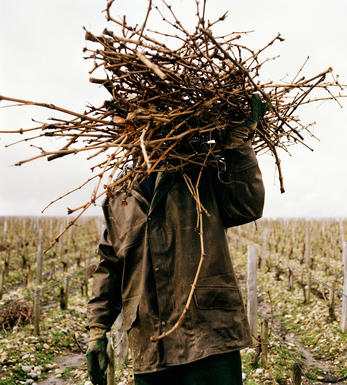
About this WINE

Champagne Lahaye
Benoit and Valérie Lahaye registered their property as fully biodynamic in 2003, quite a big decision in such a marginal climate. Their vines are located over 4.5 hectares in the Grand Cru village of Bouzy in Champagne, nearby Tauxières, and further south in Vertus.
The seriousness of their intent is demonstrated in their champagnes; real vins de terroir of astonishing complexity and depth, their power enhanced by part vinification in oak, their provenance underlined by a regime which combines low dosage and no malolactic fermentation. Despite this, the wines are rich and perfectly balanced, their good levels of acidity harmoniously matched by impressive extract and maturity of fruit.

Champagne blend
Which grapes are included in the blend, and their proportion, is one of the key factors determining the style of most Champagnes. Three grapes are used - Pinot Noir, Chardonnay and Pinot Meunier.
26% of vineyards in Champagne are planted with Chardonnay and it performs best on the Côtes des Blancs and on the chalk slopes south of Epernay. It is relatively simple to grow, although it buds early and thus is susceptible to spring frosts. It produces lighter, fresher wines than those from Burgundy and gives finesse, fruit and elegance to the final blend. It is the sole grape in Blancs de Blancs, which are some of the richest long-lived Champagnes produced.
Pinot Noir accounts for nearly 40% of the plantings in Champagne and lies at the heart of most blends - it gives Champagne its body, structure, strength and grip. It is planted across Champagne and particularly so in the southern Aube district.
The final component is Pinot Meunier and this constitutes nearly 35% of the plantings. Its durability and resistance to spring frosts make the Marne Valley, a notorious frost pocket, its natural home. It ripens well in poor years and produces a soft, fruity style of wine that is ideal for blending with the more assertive flavours of Pinot Noir. Producers allege that Pinot Meunier lacks ageing potential, but this does not deter Krug from including around 15% of it in their final blends.



Buying options
Add to wishlist
Description
Benoît and Valérie Lahaye registered their property as fully biodynamic in 2003, quite a big decision in such a marginal climate. The seriousness of their intent is demonstrated in their Champagnes; real vins de terroir of astonishing complexity and depth, their power enhanced by part-vinification in oak, their provenance underlined by a regime which combines low dosage and no malolactic fermentation. Despite this, the wines are rich and perfectly balanced, their good levels of acidity harmoniously matched by impressive extract and maturity of fruit.
This powerful wine has been matured for nine months in barrel and wears its oaky pedigree with elegance. Pure and focused, aromas of raspberry and hot tiles lead to an elegant, savoury palate. Exemplary gastronomic Champagne.
wine at a glance
Delivery and quality guarantee